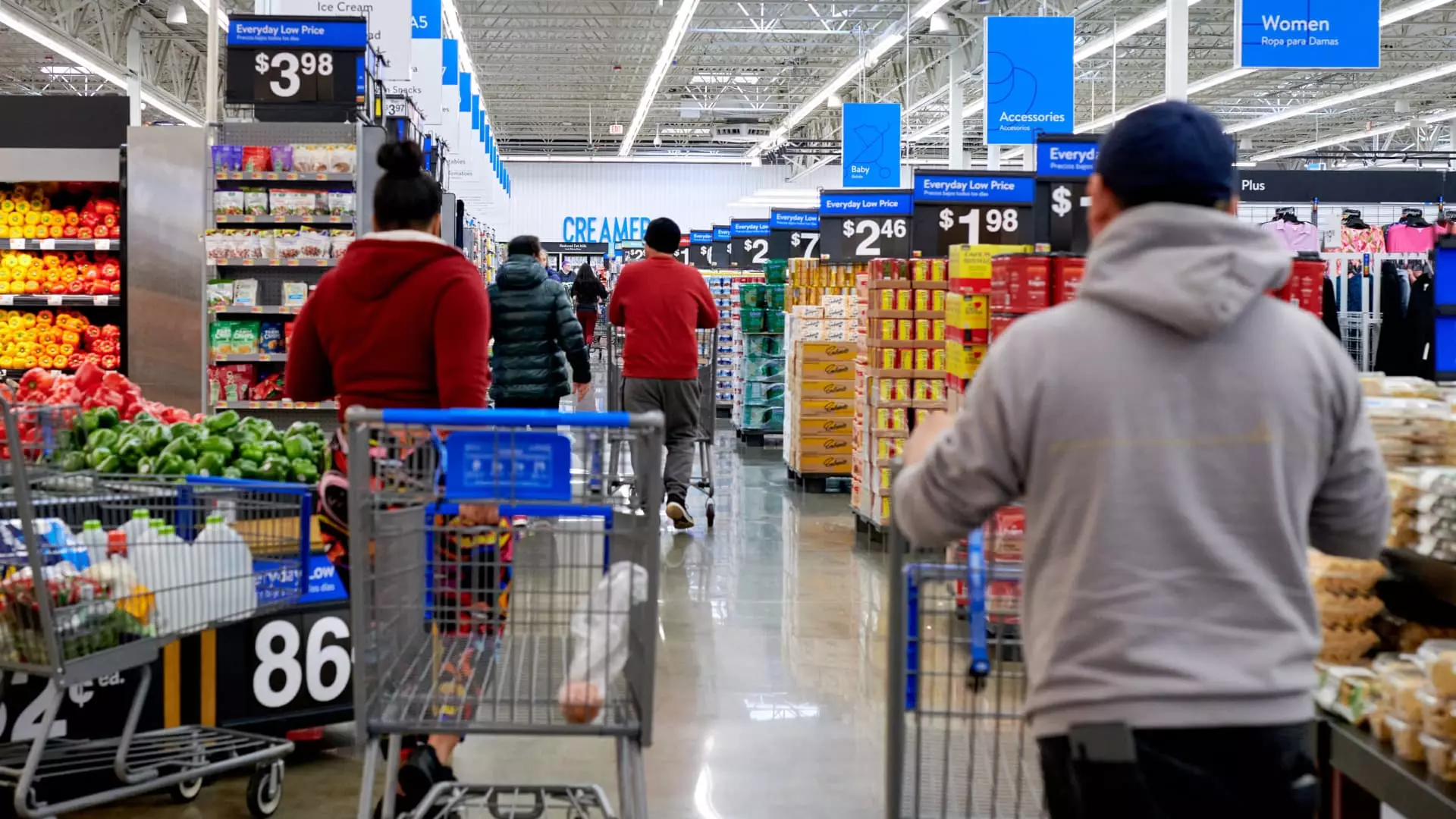The disconnect between the state of the economy and people’s personal financial well-being has been a source of concern for economists for some time. However, recent evidence suggests that this disparity, often referred to as the “vibecession,” might be coming to an end. According to Michael Pearce, deputy chief U.S. economist at Oxford Economics, Americans’ outlook for the future is notably improving as inflation cools and the Federal Reserve shows signs of lowering interest rates. This positive shift in sentiment is bringing the country’s economic situation more in line with consumer confidence.
Despite the general agreement on the improving consumer sentiment, economists are finding it challenging to pinpoint the exact reasons behind this shift in mood. Pearce speculates that it could be a delayed reaction to the declining inflation rates or possibly an increased optimism for the future now that the Fed is moving towards lowering interest rates. With recent economic data painting a positive picture, especially in terms of inflation easing and unemployment rates remaining low, the stage is set for the Federal Reserve to make its first rate cut in years.
As Greg McBride, chief financial analyst at Bankrate.com, notes, the current economic landscape is resembling a classic “Goldilocks” scenario with progress on inflation and a stable labor market. Despite earlier concerns of a looming recession, many economists are now revising their predictions and seeing the U.S. economy in a different light. While there are still skeptics, the likelihood of a recession in the near term seems to be diminishing, with some institutions even lowering the probability of an economic downturn.
Economist Brett House acknowledges that economic disruptions and corrections are inevitable and have occurred periodically since the fall of the Berlin Wall. However, with the added element of an upcoming presidential election and potential policy shifts, the future remains uncertain. House also highlights that while the U.S. economy may not currently be heading towards a recession, it is inevitable that it will experience downturns in the future.
The recent improvements in consumer sentiment and economic indicators paint a more positive outlook for the U.S. economy. With inflation easing, interest rates expected to drop, and consumer spending remaining robust, the economy seems to be on the brink of a soft landing. While uncertainties and challenges lie ahead, the current trend suggests a more optimistic future for both the economy and consumer sentiment. As economists continue to monitor the situation, it will be important to adapt to changing conditions and make informed decisions to navigate the evolving economic landscape.

